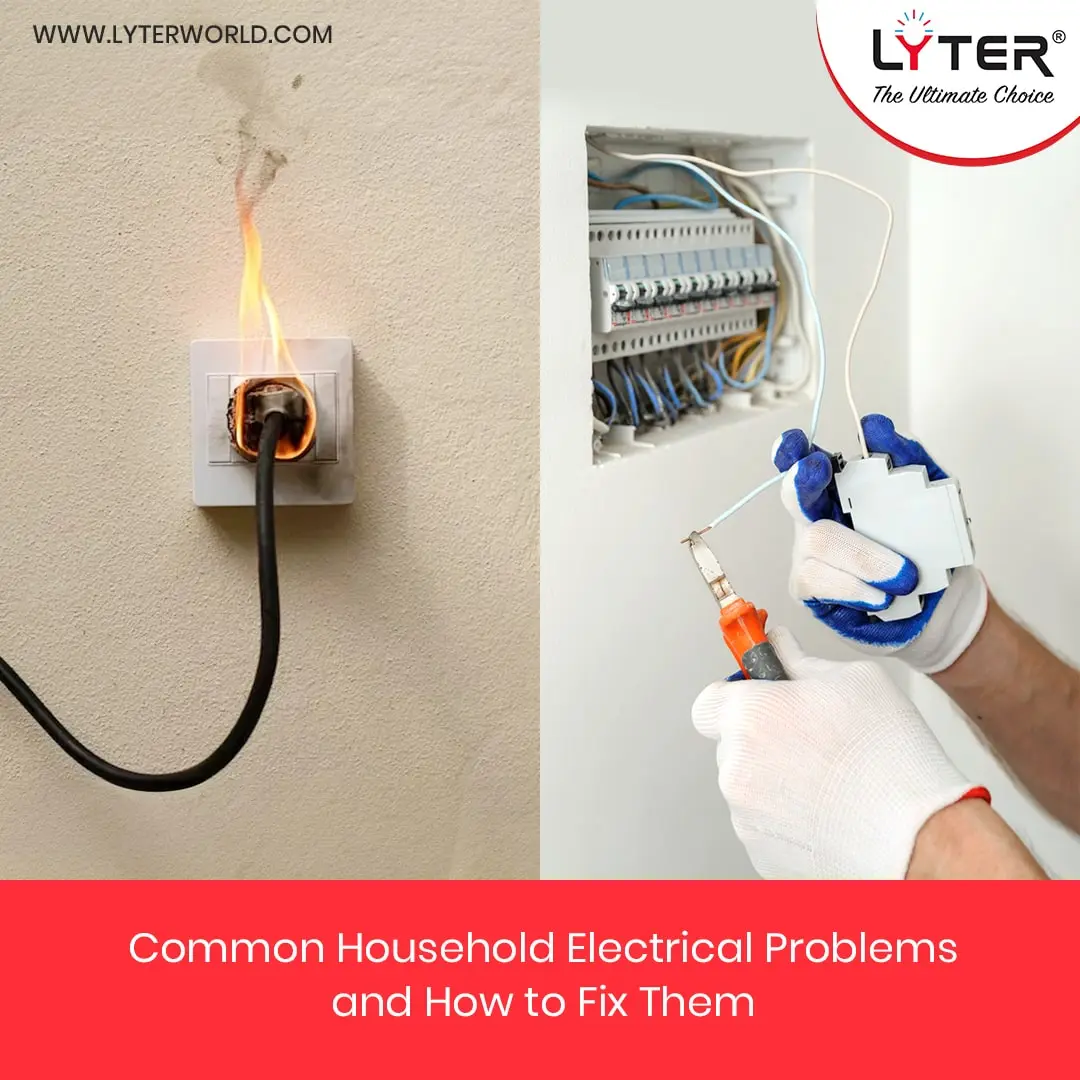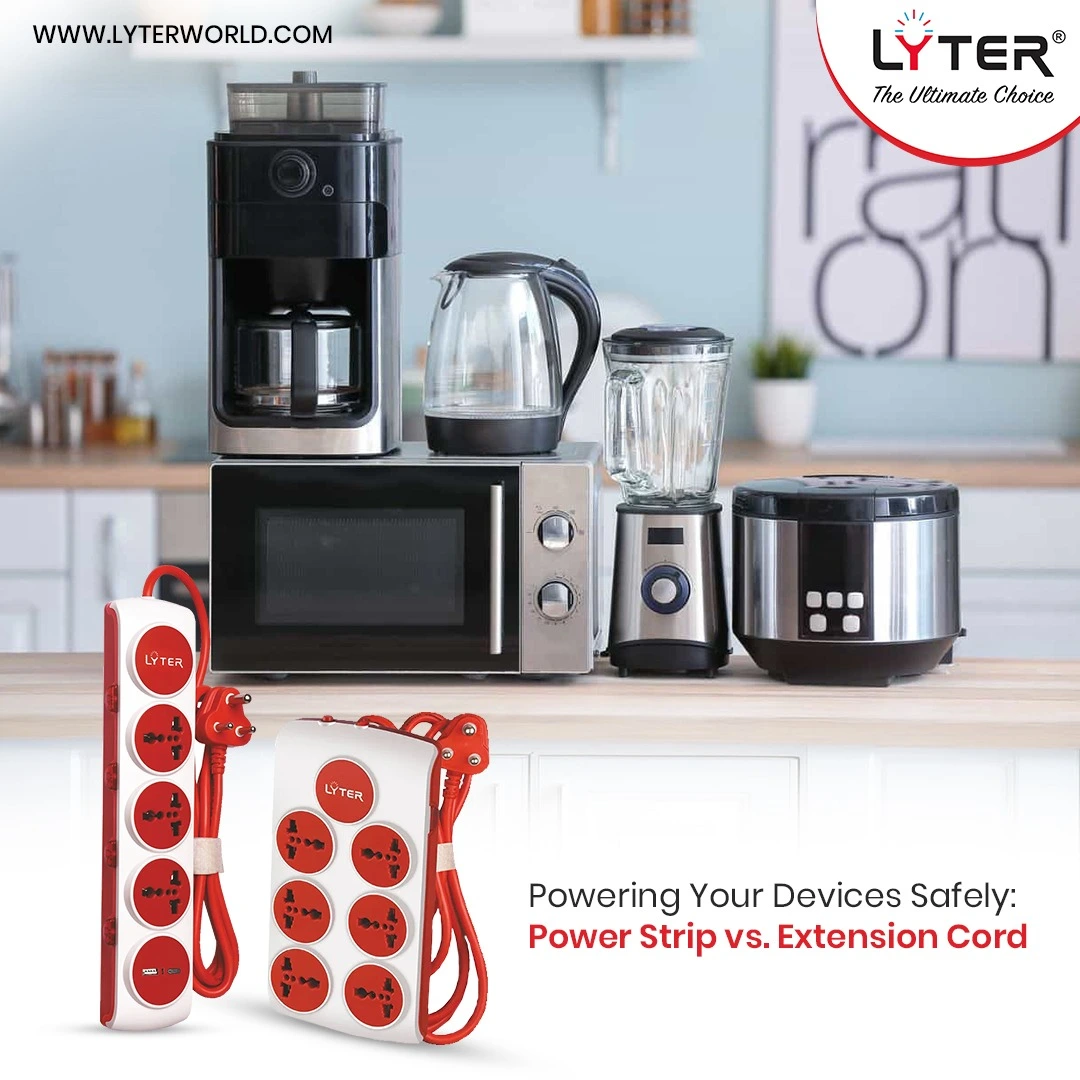Your lights blink, breakers trip, and the electricity bill keeps climbing. These electrical problems aren’t just frustrating—they’re warning signs that something’s wrong. From flickering lights and overloaded circuits to buzzing outlets and tripped breakers, these issues can quietly build into bigger risks if ignored.
If you’re tired of guessing what’s safe and what’s serious, you’re in the right place. In this blog, we’ll walk you through the most common home electrical issues, help you spot what you can fix yourself, and highlight the situations where calling a professional isn’t just smart—it’s essential.
1. Flickering & Dimming Lights: The Classic Electrical Problem Signal
Flickering or fading lights are often early symptoms of serious electrical concerns. Common causes include:
- Loose bulbs or bad socket contact
- Voltage dips when heavy appliances are running
- Obsolete or inadequate wiring
Start by tightening the bulb or replacing it with a quality LED. Ensure the fixture isn’t overloaded. If the issue persists, it might indicate loose neutral wires in your walls—this is a potential fire hazard and should be checked by a qualified electrician.
Thankfully, many electrical accessories manufacturers in India now produce high-quality, safety-compliant products to reduce such risks.
2. Circuit Breakers That Keep Tripping
A circuit breaker that keeps tripping is protecting you. Common reasons include:
- Too many high-wattage appliances on one circuit
- Short circuits due to damaged wires
- Ground faults, especially in wet areas
Try unplugging or moving devices to different circuits. If the breaker trips again, call an electrician—you might need a dedicated circuit or upgraded breaker.
3. Warm Outlets & Switch Plates
If an outlet or switch plate feels warm to the touch (especially when not in use), this could indicate:
- Overloaded circuits
- Loose wiring
- Faulty components
Unplug all connected devices and inspect for scorch marks or a burning smell. Buzzing or crackling sounds mean arcing may be occurring—turn off the power and call a professional immediately.
4. Dead or GFCI “Silent Mode” Outlets
If an outlet goes silent, the issue may stem from:
- A tripped GFCI elsewhere in the circuit
- A tripped breaker
- Loose or back-stabbed wiring
Start by pressing the reset button on any nearby GFCI outlets. If that fails, turn off the power at the breaker and inspect for burnt wires. If the insulation looks brittle or blistered, call a professional.
5. Surges, Shorts & That Buzzing Smell of Trouble
If your TV resets itself or the chargers stop working, it might be due to a power surge. To secure your gadgets, add surge protectors to essential outlets. For complete house safety, see an electrician about installing a surge suppressor at the main panel.
Many electrical accessories manufacturers in India now provide high-quality surge protectors to keep your gadgets secure, dependable, and functioning optimally.
Have you smelled burned plastic or heard a slight buzzing sound from an outlet or switch? Turn off the main power immediately. That buzz might indicate the beginning of an arc fault, a significant fire risk that requires rapid care from an expert.
6. Gear Matters: Safe Extensions & Trusted Brands
Cheap or poorly made extension cords can lead to serious hazards. Look for a power strip extension with overload protection and an integrated surge suppressor; never daisy-chain them. When replacing switches, plates, or conduit, use BIS-certified components from reputed electrical accessory manufacturers in India. Quality copper, appropriate insulation ratings, and factory testing reduce fire danger. Look for:
- Quality copper wiring
- Proper insulation ratings
- Factory-tested components
Pro-Level Prevention: Smart Safety Starts Here
- Schedule a professional electrical safety audit every five years—or immediately after major renovations or appliance upgrades. Catch hidden hazards before they catch you off guard.
- Label every circuit breaker clearly and accurately. It’s a small step that saves massive stress during emergencies or quick fixes. It is one of the most common electrical problems.
- Install AFCI (Arc Fault Circuit Interrupter) breakers in living rooms, bedrooms, and nurseries to prevent electrical fires caused by arc faults.
- Upgrade to GFCI (Ground Fault Circuit Interrupter) outlets in moisture-prone zones like kitchens, bathrooms, laundry rooms, and outdoors. They shut off the power instantly to prevent shocks.
- Replace any cord or plug showing signs of fraying, burn marks, cracking, or overheating. If it feels warm during use, it’s time to toss it.
- Avoid overloading outlets or power strip extensions. Use one high-wattage appliance per outlet and invest in surge protectors for sensitive electronics.
- Secure loose wires and extension cords to prevent tripping hazards and wear from foot traffic.
- Educate your family on where the main switchboard is and how to shut off power in an emergency. Safety is a team sport.
Power Up Your Space with Lyter’s Smart Electrical Solutions
Ignoring electrical issues is a gamble with safety. Address warning signs early, make minor fixes carefully, and hire licensed pros when needed. Keep your home safe, efficient, and protected.
Need reliable parts or surge-ready accessories? Trust Lyter for:
- Weather-sealed outdoor outlets
- Smart extension boards with surge protection
- High-quality, BIS-certified components
With Lyter, you’re investing in safety, innovation, and long-term peace of mind. Sleep easier knowing your home’s electrical system is future-ready.








